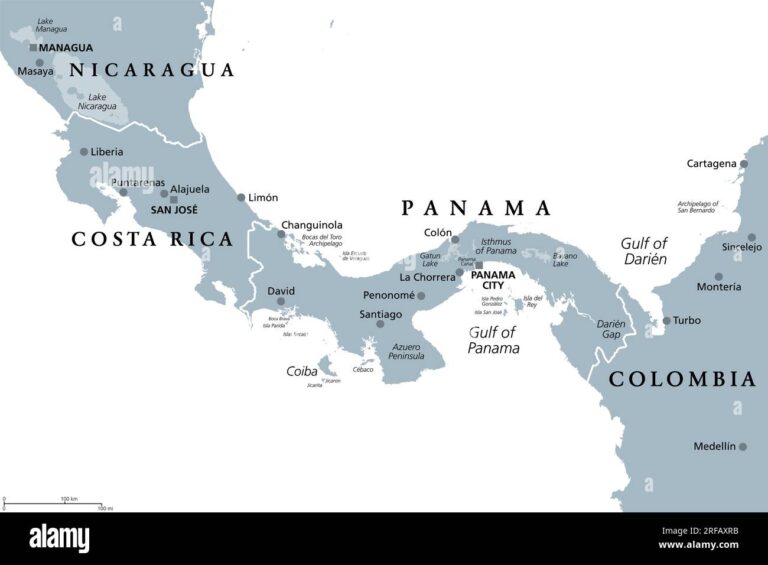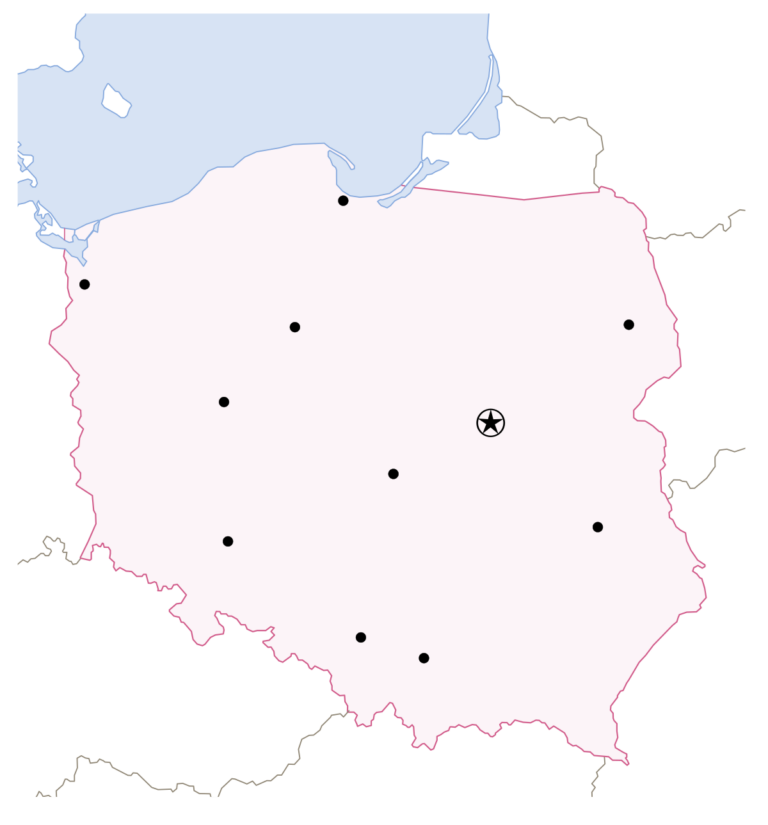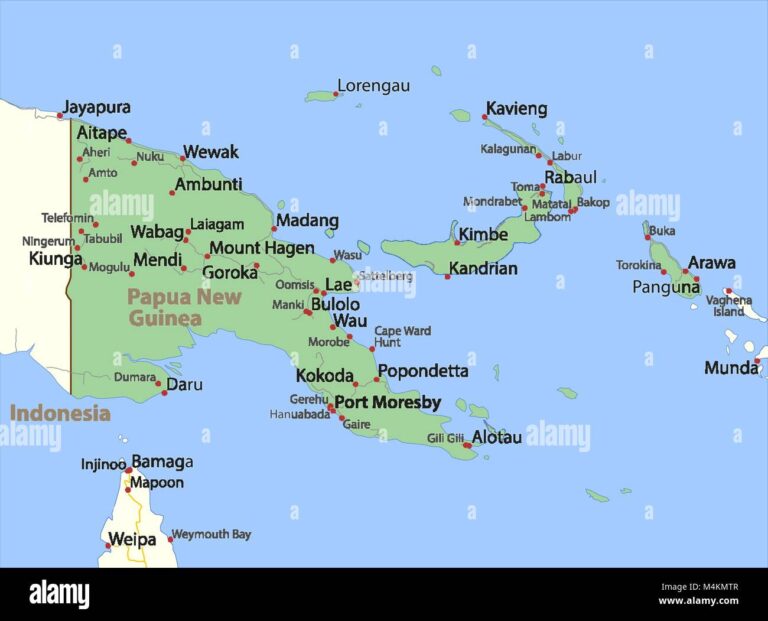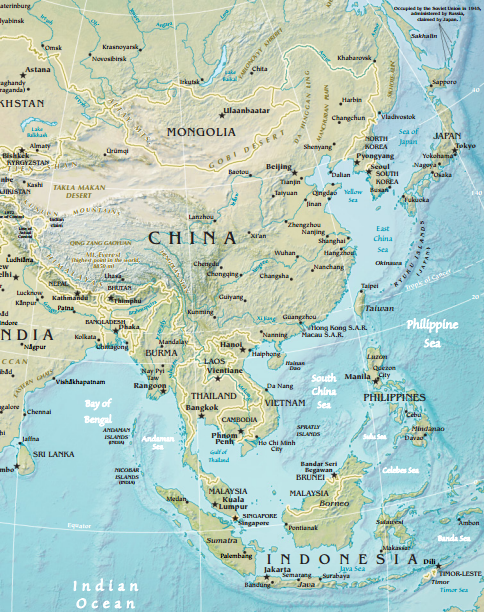Montenegro Neighbouring Countries and Balkan Borders
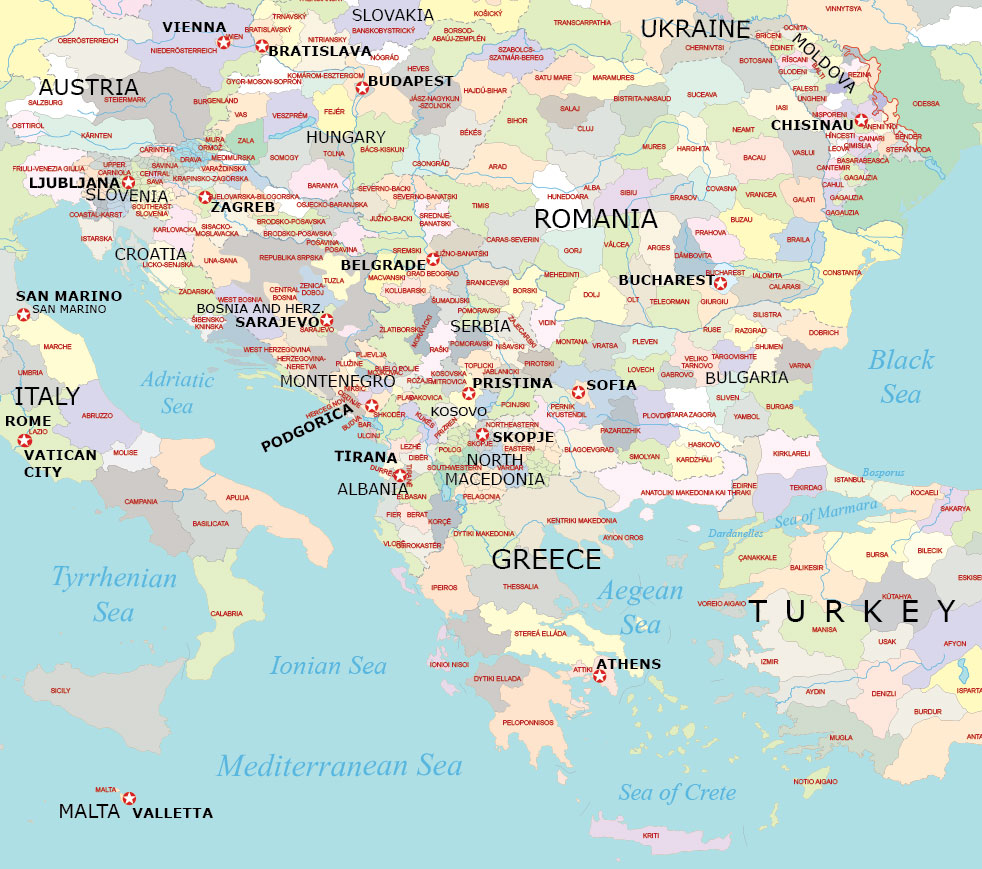
Montenegro’s Neighboring Countries
Geographical Overview
Montenegro, hanging out on the Balkan Peninsula in Southern Europe, is surrounded by a friendly bunch of neighbors, making it quite the social butterfly in these parts. Here are the pals Montenegro shares its borders with:
- Croatia to the west
- Bosnia and Herzegovina to the northwest
- Serbia to the northeast
- Kosovo to the northeast
- Albania to the southeast
Check out this cool table showing who’s next-door and just how much room they’ve got between fences:
| Country | Border Length (km) |
|---|---|
| Croatia | 25 |
| Bosnia and Herzegovina | 225 |
| Serbia | 203 |
| Kosovo | 76 |
| Albania | 172 |
These figures? Straight from the reliable folks at (Montenegro.org)
Importance of Neighboring Relations
How do you make sure everybody on the block gets along? Montenegro’s in on the secret: good neighbor relationships are essential. We’re talking economic, political, and cultural vibes here—keeping them strong is a big deal.
Economic Cooperation
Economically speaking, having good buddies next door pays off. Montenegro deals a lot in terms of goods, services, and energy flow with its neighbors. For instance, Bosnia and Herzegovina, with its 225 kilometers of shared border, is a trade partner Montenegro goes way back with (Montenegro.org).
Historical Ties
Here’s a bit of backstory: many of these countries, like Bosnia and Herzegovina and Serbia, were Yugoslav siblings once upon a time. Montenegro finally stood on its own feet in 2006, declaring its independence from Serbia (Montenegro.org).
Cultural Connections
Culture is the glue that holds these ties together—shared languages, traditions, and history keep the party going across borders. Take Montenegro and Serbia, for example. They not only share a long fence (203 km), but a storied past as well.
Sticking close with its neighbors isn’t just smart for settling political scores. It’s great for cultural get-togethers and economic handshake deals. Eager for more on who’s mingling with whom globally? Peek into articles stacking insights about Lithuania’s good neighbors, Luxembourg’s border buddies, and Madagascar’s island connections.
Bordering Countries of Montenegro
Montenegro’s like that funky puzzle piece glued into the Balkan Peninsula of Southern Europe and it’s got five neighboring countries: Bosnia and Herzegovina, Serbia, Albania, Kosovo, and Croatia. Each of them brings a rich mix of history, politics, and culture to the table, shaping this vibrant region where everyone knows everyone.
Bosnia and Herzegovina
Up in the northwest, Bosnia and Herzegovina shares a whopping 225-kilometer stretch with Montenegro. Both countries are all about keeping it friendly and have good chats over trade and securing that long stretch of border. They used to kick it together as part of Yugoslavia until the big breakup back in the 90s.
| Country | Border Length (km) |
|---|---|
| Bosnia and Herzegovina | 225 |
Serbia
Eastward, they cozy up to Serbia along a 203-kilometer line. Now, Montenegro broke off from the mother ship, Serbia, in 2006, waving their independence flag high. But no hard feelings linger; they’re quite the partners on various projects these days.
| Country | Border Length (km) |
|---|---|
| Serbia | 203 |
Albania
Moving down south, Albania’s got a 172-kilometer side hug going with Montenegro. Their good vibes run deep, encouraging partnerships in tourism and transit. Plus, their shared cultural roots keep ties tight.
| Country | Border Length (km) |
|---|---|
| Albania | 172 |
Kosovo
Northeast, you’ll find Kosovo buddying up to Montenegro. Establishing friendly relationships here has been clutch for keeping things calm and collected in the region. They’re in the mix together for all things security and prosperity.
| Country | Border Length (km) |
|---|---|
| Kosovo | – |
Croatia
On the western side, Croatia gives Montenegro a friendly nudge with a 25-kilometer boundary. Although short, it’s sweet enough to grease the wheels of trade and tourism. Being hot spots for holidaymakers, they often join forces to roll out the welcome mats for visitors.
| Country | Border Length (km) |
|---|---|
| Croatia | 25 |
These neighborly connections around Montenegro add layers to the colorful tapestry of the Balkan Peninsula. Curious about how other countries in the region like Lithuania or Luxembourg play the neighborly game? Check out our articles for a peek into their relationships.
Historical Context of Border Relations
Yugoslavia and Its Dissolution
Montenegro, tucked in Southeast Europe, is a land with a rich tapestry of history shaped by its strategic locale and its neighbors. A landmark chapter in its past is the breakup of Yugoslavia—a socialist state flourishing from 1945 till it shattered in the early ’90s. This coalition of six republics, which included Montenegro, was neighbor buddies with Bosnia and Herzegovina, Serbia, and Croatia.
Everything changed in 1991 when Yugoslavia started falling apart, triggering a storm of conflicts and setting its republics on the path to independence. Montenegro eventually cutting the cord with Serbia was a real headline-grabber. Through these wild times, the map and relations with surrounding lands shifted dramatically.
Come 2006, Montenegro put its foot down, declared independence from the State Union with Serbia, and stepped out as a sovereign player. Sure, there were some bumps on the road, but this shift paved the way for firm friendships with its neighbors. Curious about how Montenegro’s borders stack up? Check out our peek into luxembourg neighboring countries.
Independence and Bilateral Relations
After gaining its independence, Montenegro was all about building bridges with its neighbors. Each neighbor had its own story and set of hoops to jump through.
Bosnia and Herzegovina
Montenegro and Bosnia and Herzegovina share a stretch of border 225 kilometers long. Their relationship is a tale as old as time, rooted in their Yugoslav days. Fast forward to the present, and their chats revolve around trade and keeping the peace at the borders, sharing a pretty chill dynamic. See something similar with Bosnia and Herzegovina’s relations? Scope our piece on malawi neighboring countries.
Serbia
To see what’s happening to the east, you have to look to Serbia, which shares 203 kilometers of the border with Montenegro. Their shared history is a delicate dance going way back, with Montenegro breaking free in 2006. Despite a tangled past, they’ve grown to get along nicely, working together for the good stuff (Montenegro.org). It’s a story that echoes our look into mongolia neighboring countries.
Albania
Down south, Montenegro cozies up to Albania. The story here? Mostly smiles! Their bond is all about keeping the region steady and shaking hands over economic wins, with both aiming to keep peace and prosperity on the front burner.
Kosovo
To the southeast, Montenegro rubs elbows with Kosovo along a 79-kilometer line. Kosovo stepped into independence in 2008, while Serbia said, “no way.” Montenegro, however, gave Kosovo a nod soon after. They’ve managed good vibes between them (Montenegro.org), echoing themes from our insights into nepal neighboring countries.
Croatia
Swinging over to the west is Croatia. These two are historical and cultural pals, going back a ways. Post-Yugoslavia, Montenegro and Croatia rolled up their sleeves to boost their rapport, eyeing tourism and trade as the way forward.
The way Montenegro’s border history unfurls keeps casting a shadow on its current global game, shaping its foreign efforts and neighborly relations. Want more? Dive into our look at micronesia neighboring countries.
Diplomatic Relationships
Getting along with others on the global scene is a big deal for Montenegro. Its various memberships, agreements, and alliances shape its geopolitical moves and friendships around the world.
International Organizations Membership
Montenegro has its name on the list of several big international groups, confirming its place in worldwide diplomacy and teamwork. Here’s where it hangs:
- Council of Europe: Where political and cultural cooperation in Europe gets a boost.
- NATO: Teaming up to keep a watchful eye on security.
- Organization for Security and Co-operation in Europe (OSCE): Out there promoting peace and democracy.
- World Trade Organization (WTO): Making sure trade across borders runs smoothly (Wikipedia).
These memberships matter big time for Montenegro’s chats and interactions both close to home and further afield.
| Organization | Joined |
|---|---|
| Council of Europe | May 11, 2007 |
| NATO | June 5, 2017 |
| OSCE | June 2006 |
| WTO | April 29, 2012 |
Playing in the same sandbox with countries like the UK, Turkey, and the United States makes for some good cooperation vibes.
Bilateral Agreements
Montenegro’s got some one-on-one deals going on, helping it buddy up with a variety of countries. Check out these examples:
- United States: They shook hands on August 15, 2006. Some high-flyers from the U.S., including Senators and Defense Secretary Donald Rumsfeld, have made their trip over to keep things nice and friendly (Wikipedia).
- Turkey: They became pals on July 3, 2006. Both hang out in the Council of Europe and NATO, and have their sights set on the European Union.
These agreements cover stuff like keeping things secure, trading goodies, and sharing cultures. They help Montenegro and its neighbors get along better, too.
Strategic Alliances
Montenegro’s game plan for alliances is influenced by where it’s parked on the map and its political scene. Here’s whom it cozies up to:
- Russia: Things get tricky due to shared history and culture but also because of Montenegro joining NATO. Russia’s not exactly thrilled about NATO getting bigger (New Lines Institute).
- China: Here, it’s about the money rolling into projects like the Bar-Boljare highway, part of China’s Belt and Road Initiative. But this does come with a bag of financial and power-balance challenges (New Lines Institute).
These alliances have a real impact on how Montenegro talks and deals with those around it.
In the end, Montenegro is figuring out its role on the global stage through international memberships, bilateral handshakes, and strategic alliances, becoming an influential player in the Balkan neck of the woods.
Geopolitical Considerations
Competing Interests
Montenegro is in the middle of a tug-of-war between world influences. Once cozy with Russia back in 2006, things got rocky by 2022. This tiny Balkan state is looking more towards NATO and the EU, which doesn’t sit well with Russia, a long-time player in the region. With Russia opposing NATO’s spread and even dabbling in Montenegro’s politics, like the 2016 coup attempt, it’s quite the drama (Wikipedia). Meanwhile, China has been wooing Montenegro with some crafty economic moves. They’re all about business with their Belt and Road Initiative. That big highway project they’re funding? It’s more about their wallet than political meddling, though it does get folks talking about Montenegro’s growing financial ties with China and what that means for its independence (New Lines Institute).
Influence of Major Powers
Major leagues like Russia, China, and the Western world are vying for a slice of the Montenegrin pie. Russia’s got its roots deep, both culturally and historically, and isn’t shy about stirring the pot even as Montenegro edges closer to NATO and the EU. Spy games and meddling in politics show that Russia isn’t letting go easily (New Lines Institute).
China’s game is all about the Benjamins (or the yuan, really). Their Belt and Road Initiative footprint in Montenegro might swell their influence through cash-heavy infrastructure projects like the Bar-Boljare highway. But those investments come with cautionary tales of potential over-reliance (New Lines Institute).
The West, meanwhile, plays a powerful card. Montenegro’s eager to join the EU club and maintains its NATO camaraderie, shaping its diplomatic dance. By joining sanctions against Russia, Montenegro clearly picks a side, aiming to jive with the Western bloc.
Security Challenges
Montenegro isn’t just a magnet for political intrigue; it’s facing its own set of security puzzles. Border disagreements linger like a chill in the air, not to mention unresolved drama from the breakup of Yugoslavia, including disputes over Kosovo. The whole Serbia-Kosovo tension adds another layer of risk (New Lines Institute).
As Montenegro gave Russia the cold shoulder with sanctions, it’s now on the radar for cyber trickery and hybrid warfare. Fortifying cyber defenses and censoring fake news are more than just good ideas—they’re must-do’s (New Lines Institute).
Old ethnic and political rifts also keep tensions simmering, hearkening back to the conflicts following the Yugoslav wars. Stability in Montenegro isn’t just about keeping its own house in order but also hinges on settling age-old disagreements in the neighborhood. Curious about how other countries manage these issues? Check out more on Malawi neighboring countries and Nigeria neighboring countries.
Making sense of Montenegro’s geopolitical chess board means looking at how local struggles mix with the big guys’ power plays. This pint-sized nation has a ringside seat to a global tug-of-war, and the strategizing isn’t letting up anytime soon.
Cultural and Tourism Connections
Shared Heritage
Montenegro and its neighbors share a past that reads like a true storybook, with every chapter revealing rich traditions and history of the Balkan area. The bond with Serbia has its roots in the northern reaches of Montenegro, where the Serbs first settled in. This link is alive and well today, weaving a cultural tapestry that ties Southeastern Serbia and Eastern Herzegovina right into the story.
Take a stroll through history with landmarks like the Ostrog Monastery. It’s not just heritage; it’s living proof of Montenegro’s connections with its surroundings. Back in medieval times, agriculture and mining were booming in Kosovo and Metohija, feeding the power of the Nemanjić rule. These tales add depth to Montenegro’s deep-rooted friendships with its neighbors.
Travel Recommendations
From coastline to mountains, Montenegro’s a treasure chest begging to be opened. If you’re all about sun and sea, the Adriatic coast has some top spots:
- Sveti Stefan – Tucked away on a posh little island linked by a dainty strip of land.
- Budva – More than just sand and surf; it’s a nightlife rebel with an old school twist.
- Kotor – Inherits its charm from its breathtaking bay and well-kept medieval secrets.
- Perast – Small but mighty, with baroque flair and a, dare we say, rock-solid church.
Craving some land adventure? Montenegro’s got mountains and trails that’ll make you want to stay forever:
- Durmitor National Park – Whether you’re hiking up, skiing down, or just admiring the lakes, there’s magic here.
- Biogradska Gora – Europe’s rainforest under-dog with a lake you won’t soon forget.
- Ostrog Monastery – Built into the cliff, it’s got pilgrims climbing high and low.
| Place | Highlights |
|---|---|
| Sveti Stefan | Swanky spots to relax, sandy escapes |
| Budva | Shores, history, after-dark thrills |
| Kotor | Stunning bay views, old-school vibes |
| Perast | Fancy architecture, must-see church |
| Durmitor Park | Trails, ski slopes, shimmering waters |
| Biogradska Gora | Rainforests, the cool Biogradsko Lake |
| Ostrog Monastery | Sacred ground hanging on the cliffside |
For a full experience, hop across Montenegro’s borders and see how its culture resonates beyond. Places like Croatia, Serbia, Bosnia and Herzegovina, Albania, and Kosovo are not just near in miles but in spirit too.
Looking for more travel tips about venturing beyond? Check out the scoop on places like Lithuania’s neighbors, Luxembourg’s friendly borders, and Malawi’s surroundings.

